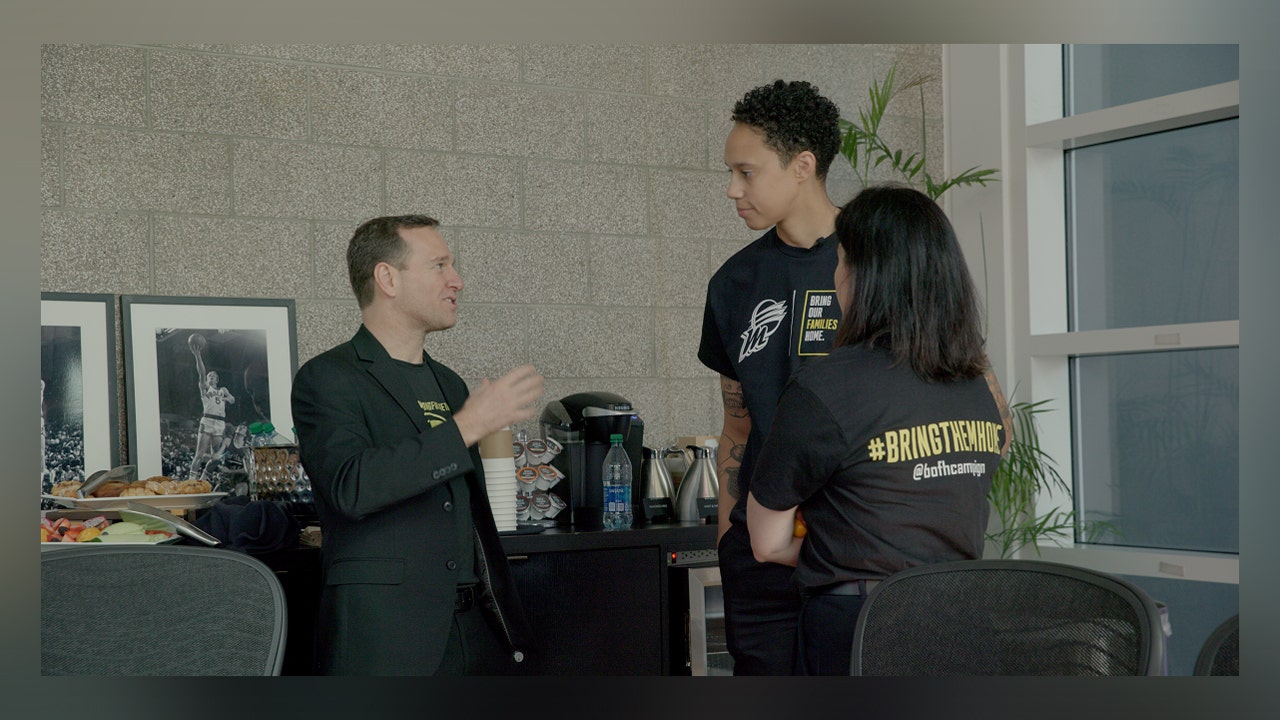Eighty years after the D-Day invasions, many soldiers have still not been identified. The Defense POW/MIA Accounting Agency has accounted for at least seven soldiers through DNA matching. Three of those positive identifications have come in the past year.
“Part of the challenge is differentiating the remains, because, the chaos after the war,” said Kelly McKeague, the agency’s director. “Obviously, the ones they could identify have been back home since the 1940s. The ones that are still missing are the ones we’re looking for.”
Nearly 73,000 U.S. troops landed in Normandy on June 6, 1944. More than 2,500 were killed or were missing in action. McKeague said hundreds are still yet to be identified.
US AGENCY IDENTIFIES 3 SOLDIERS WHO WENT MISSING DURING THEIR SERVICE
“The case of those three soldiers, they were part of a landing craft on June 6 and hit a mine,” said McKeague.
Army Cpl. Julius Wolfe, Army Sgt. John Herrick and Army Tech4 Elmo Hartwick were all part of the 149th Engineer Battalion. On D-Day, they boarded the same landing craft and headed for Omaha Beach.
From left to right, Army Cpl. Julius Wolfe, Tech4 Elmo Hartwick and Sgt. John Herrick, each part of the 149th Engineer Battalion, were killed aboard the ill-fated vessel as it struck an underwater mine before it was able to beach at Normandy. (DPAA / Battlefield Museum)
The soldiers would never make it to battle. The vessel struck a mine as it was hit by artillery fire. The craft exploded, killing around 200 onboard.
The three soldiers were buried as unknowns in four different graves at Normandy American Cemetery. The graves were exhumed in 2021, so scientists could analyze the DNA.
“DNA technology has advanced in incredible ways,” McKeague said. “With World War II, Congress didn’t give it to the Department of Defense until 2010. And so we’re playing catch up in developing the historical references, the research with which to be able to pursue certain cases.”
Two years after the remains were exhumed, officials were able to positively identify the three men killed onboard the landing craft.
AMERICAN WWII VETERANS TRAVEL TO FRANCE TO BE HONORED FOR 80TH ANNIVERSARY OF D-DAY
Herrick will be buried on Veterans Day of this year in Emporia, Kansas. The date would have been his 100th birthday. Wolfe was buried in his hometown of Liberal, Missouri in April. A memorial service for Hartwick will be held in Onaga, Kansas at a later date.
“Families are given the choice to either inter the remains back at the cemetery where they were interred as an unknown, or bring them back home,” McKeague said.
The Defense POW/MIA Accounting Agency currently has a team in Normandy, France, searching for three missing airmen who were thought to be shot down on D-Day. They’re hoping to discover personal artifacts in the soil where the aircraft was likely shot down.
“These families go through life with a void of heart and mind. They know their loved one died in combat. But not having that certainty of those remains leaves an uncertainty that exacerbates their grieving,” McKeague said. “So oftentimes, it’s what we call generational grieving. It’s passed down generation to generation. So you may be talking to family members that never met the service member, but they know everything about him or her from the standpoint that it’s almost as if you’re speaking to his mother.”
Bret Baier currently serves as FOX News Channel’s (FNC) anchor and executive editor of Special Report with Bret Baier (weeknights at 6-7PM/ET), chief political anchor of the network and co-anchor of the network’s election coverage. Baier is also host of FOX News Audio’s “The Bret Baier Podcast” which includes Common Ground, The Campaign, The Candidates and The All-Star Panel. He joined FNC in 1998 as the first reporter in the Atlanta bureau and is now based in Washington, D.C.

